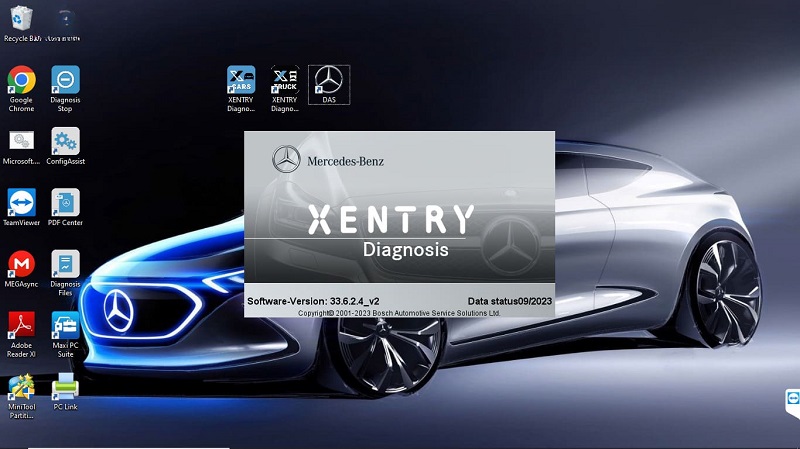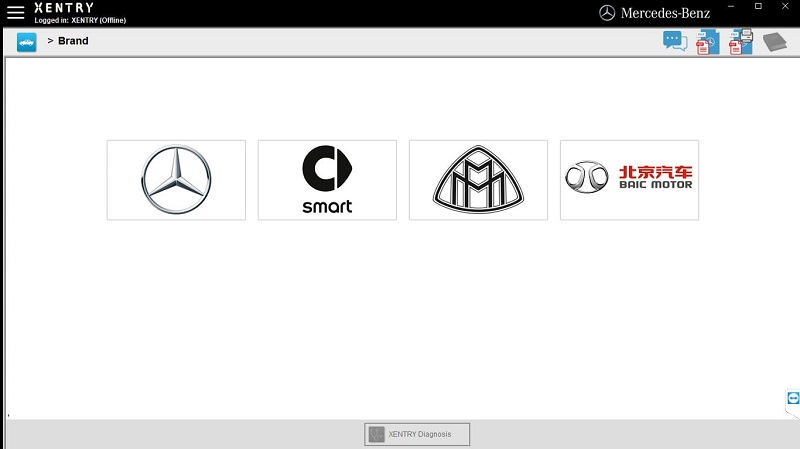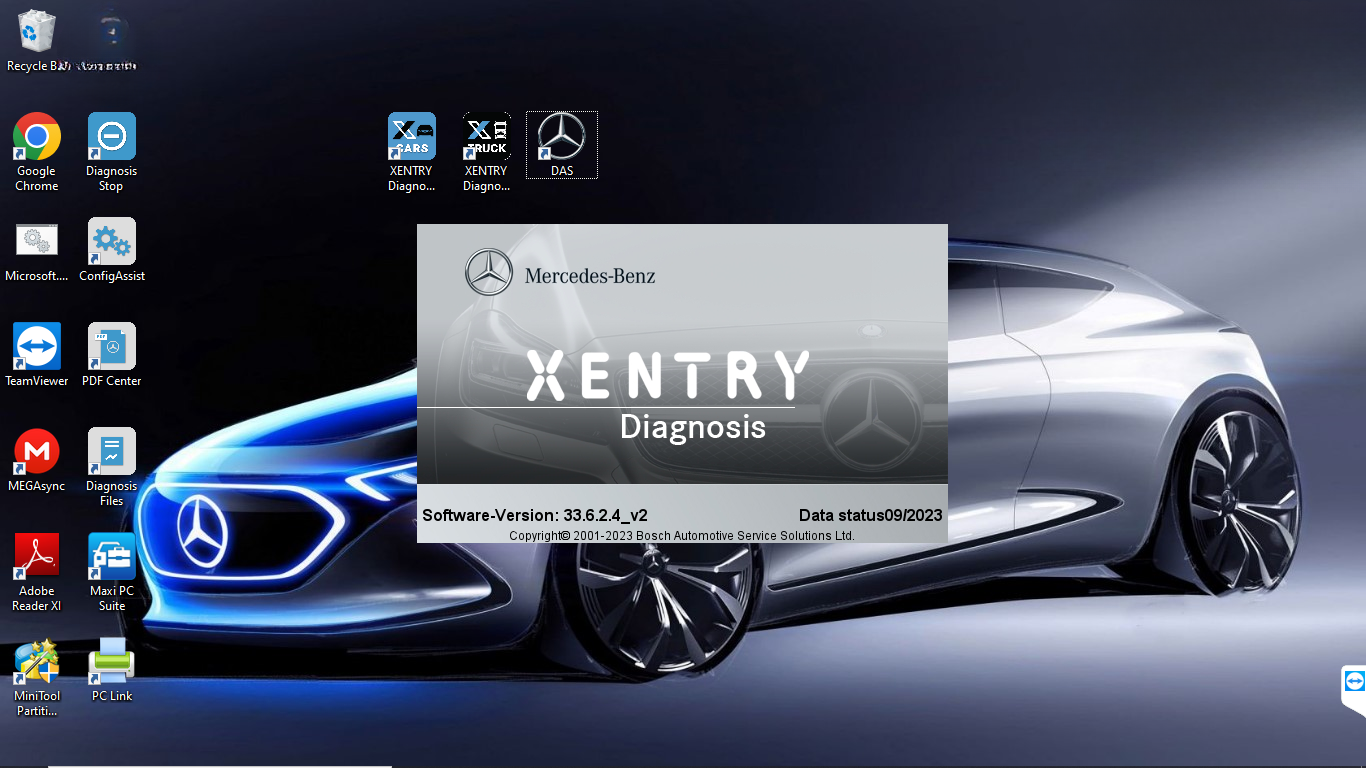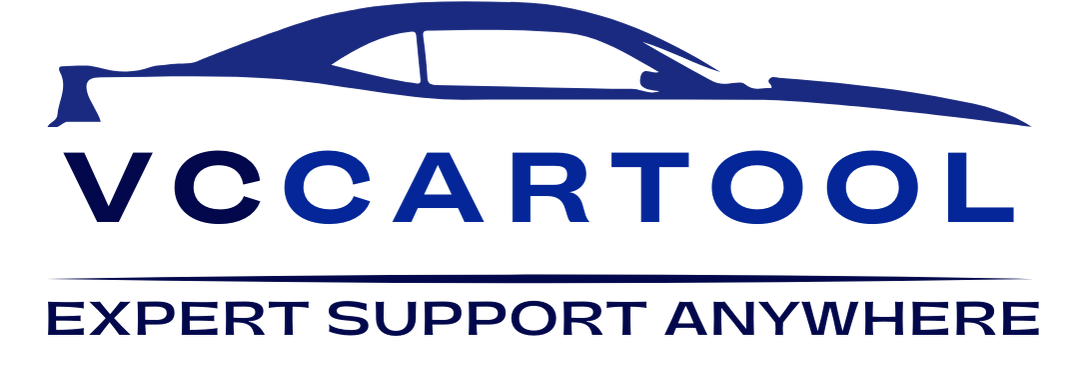Is Xentry OpenShell better than Xentry Pass Thru?
When choosing diagnostic software for Mercedes-Benz vehicles, two popular versions stand out: Xentry OpenShell and Xentry PassThru. While both offer access to fault reading, module coding, and system adaptation, they are designed for different hardware interfaces and use cases. If you’re wondering which version suits your workshop or personal setup better, this article will break down the key differences and help you decide whether Xentry OpenShell is truly better than Xentry PassThru — based on compatibility, features, and real-world performance.

What Is Xentry OpenShell?
Xentry OpenShell is the official diagnostic software developed by Mercedes-Benz for comprehensive vehicle diagnostics, coding, and programming. It is the most powerful version of Xentry and is primarily used by authorized dealerships, independent workshops, and advanced technicians who work extensively with Mercedes-Benz vehicles.
Xentry OpenShell supports all major communication protocols including K-Line, CAN, and DoIP, allowing it to interface with both older and newer Mercedes models. It is designed to work specifically with SD Connect C4, C5, and C6 DOIP diagnostic hardware.
With Xentry OpenShell, users can:
- Read and clear Diagnostic Trouble Codes (DTCs)
- Perform guided tests and troubleshooting
- Access wiring diagrams and component locations
- Carry out SCN coding (online) and offline programming
- Adapt and calibrate components such as gearboxes, sensors, injectors, and more
This version also includes DAS (Diagnostic Assistance System) for diagnosing older Mercedes-Benz vehicles (typically pre-2010 models) that are not supported by newer diagnostic platforms alone.
In short, Xentry OpenShell is the full-featured, professional-grade tool required for high-level service work on Mercedes-Benz cars, vans, and trucks.

What Is Xentry PassThru?
Xentry PassThru is a streamlined version of Mercedes-Benz’s official diagnostic software designed to work with J2534-compliant devices (also known as PassThru interfaces) instead of proprietary hardware like SD Connect C4 or C6 DOIP.
It is primarily intended for independent repair shops, aftermarket service centers, and technicians who want to perform basic diagnostics and service functions on Mercedes-Benz vehicles without investing in OEM diagnostic equipment.
Key Characteristics of Xentry PassThru:
Compatible Devices: Works with a range of J2534 tools such as Autel J2534, Bosch KTS, VCX Nano, TabScan T6, and others.
Functions Supported:
- Read and clear fault codes (DTCs)
- View live data streams
- Perform basic resets and service functions (e.g., oil reset, DPF regeneration)
- Access guided diagnostic routines (limited compared to OpenShell)
Limitations:
- No support for DAS (older vehicle diagnostics)
- Limited SCN coding and programming capabilities
- May lack full compatibility with DoIP (Diagnostics over IP) for newer vehicles
- Fewer advanced adaptation and calibration features
In summary, Xentry PassThru offers a cost-effective entry point into Mercedes diagnostics for those with J2534 tools, but lacks the full feature set and hardware integration of Xentry OpenShell. It is suitable for light to moderate service tasks rather than full dealership-level diagnostics and coding.

Feature Comparison: Xentry OpenShell vs Xentry PassThru
| Feature | Xentry OpenShell | Xentry PassThru |
|---|---|---|
| Software Base | Identical – same interface and diagnostic functions | Identical – same interface and diagnostic functions |
| Supported Devices | Requires SD Connect C4/C5 or C6 DOIP (OEM or clone) | Supports J2534 interfaces (e.g., VCX SE, TabScan T6, Autel) |
| DAS Support (for older vehicles) | ✔️ Yes – fully integrated | ✔️ Yes – if configured correctly |
| DoIP Support (newer vehicles) | ✔️ Yes – via DOIP-compatible hardware | ✔️ Yes – if J2534 device supports DoIP |
| Coding / Programming | ✔️ Yes – requires online or offline SCN access | ✔️ Yes – depending on J2534 compatibility |
| Fault Code Reading / Clearing | ✔️ Yes – fully supported | ✔️ Yes – fully supported |
| Actuator Testing / Adaptation | ✔️ Yes – full access | ✔️ Yes – full access |
| ECU Flashing & Module Replacement | ✔️ Yes – official level | ✔️ Yes – limited by hardware and access |
| Stability / Speed | More stable and faster with OEM SD Connect tools | May vary depending on J2534 quality |
| Installation Difficulty | Moderate – specific driver setup for SD Connect | Easier – general J2534 installation |
Xentry OpenShell and Xentry PassThru offer nearly identical software features: full diagnostics, live data, coding, programming, actuator activation, etc.
The main difference lies in the hardware:
- OpenShell requires original tools like SD Connect C4/C5 or C6 DOIP.
- PassThru works with universal J2534 devices, which are more affordable and easier to set up.
VCCarTool – Support for Installing Xentry OpenShell and Xentry PassThru
VCCarTool provides complete installation and activation support for both Xentry OpenShell and Xentry PassThru diagnostic software. Whether you’re using a genuine C4/C6 device or a J2534 passthru interface, our team ensures everything is set up correctly for your diagnostic needs.
Our services include:
- Supplying both Xentry OpenShell (for C4/C6) and Xentry PassThru (for J2534).
- Remote installation and activation by professional technicians.
- Device compatibility checks and setup optimization.
- Step-by-step usage instructions to help you get started confidently.
If you are looking for a reputable Xentry software installation, you can order at: Xentry Mercedes XDOS Latest Version 2025 or please contact VCCarTool via WhatsApp +1 (901) 414-1927 for installation support and advice on the version that suits your needs and VCI.
Whether you’re a professional technician or an advanced enthusiast, choosing the right Xentry version – OpenShell or PassThru—depends on your hardware and diagnostic needs. With proper setup and compatible equipment, both versions can offer powerful diagnostic capabilities for Mercedes-Benz vehicles.
At VCCarTool, we make the process simple. From software supply to remote installation and activation, we ensure your system is ready to work—efficiently and reliably.
